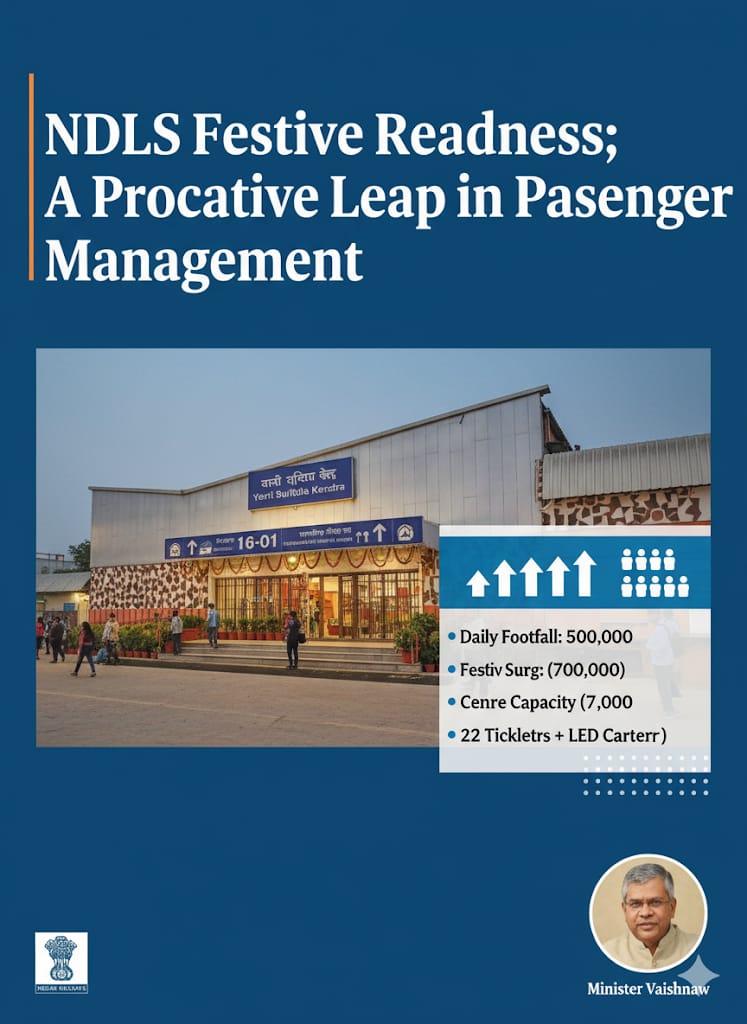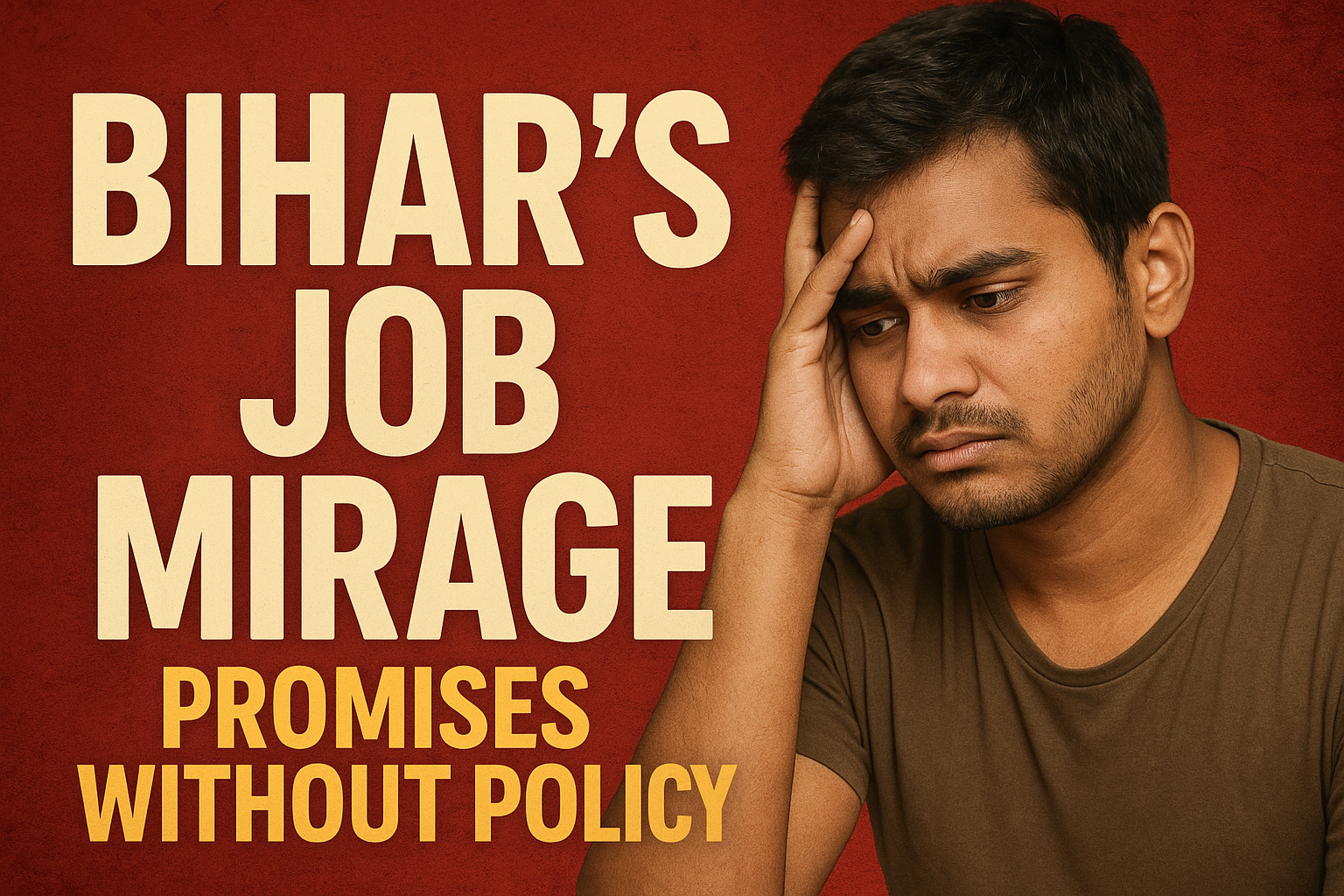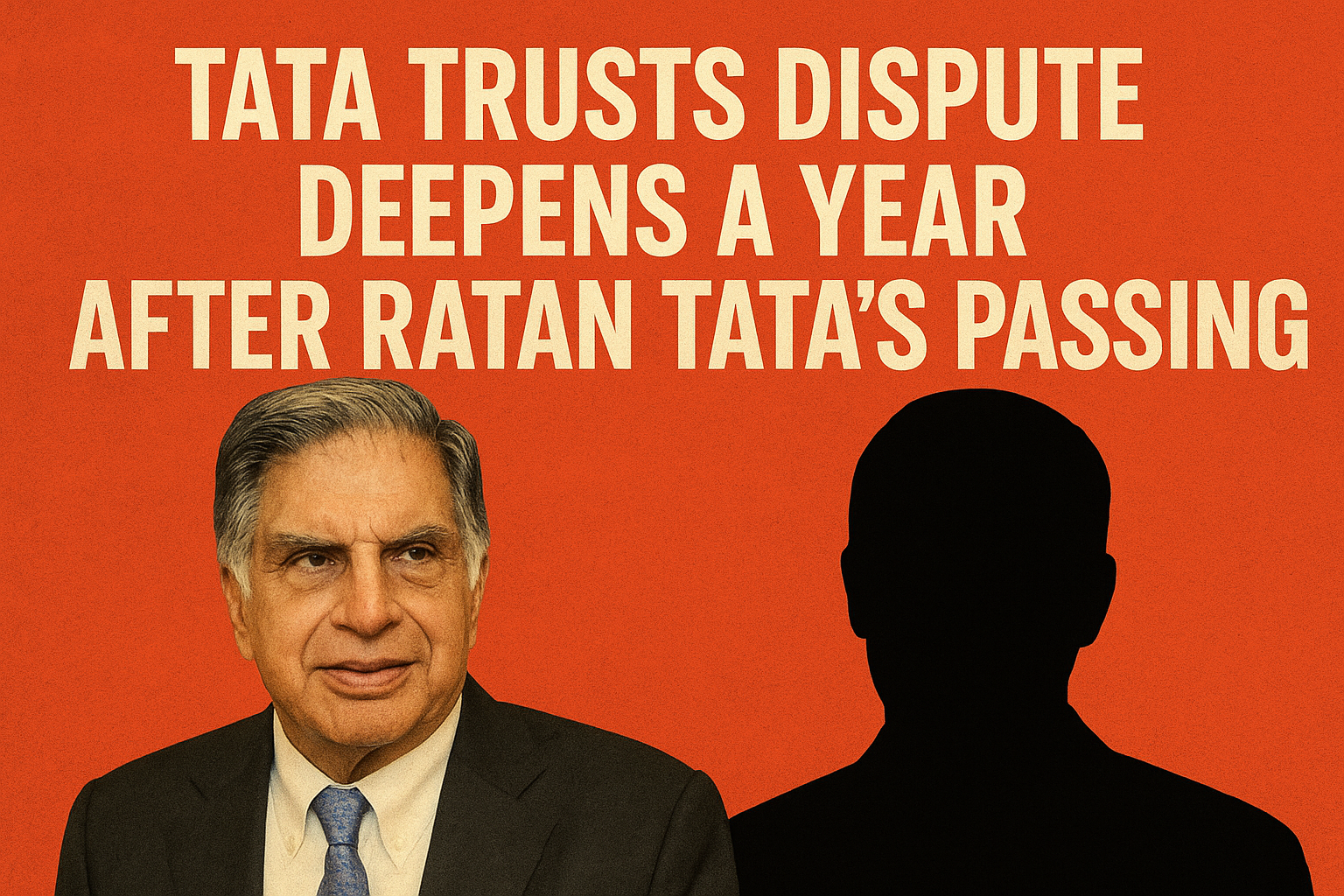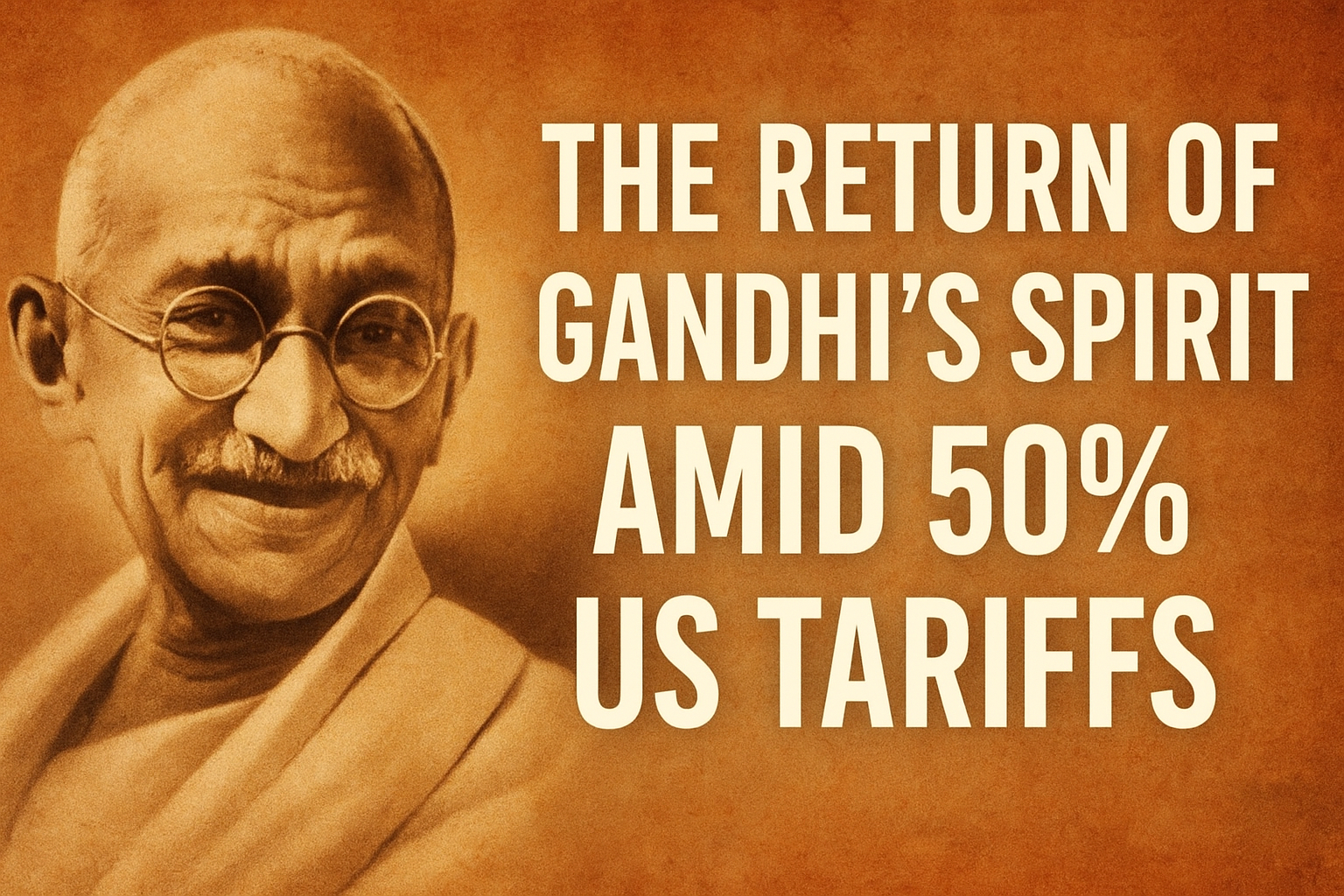
The United States’ decision to impose a 50% tariff on Indian exports has forced New Delhi to rethink its economic playbook. The move, announced by Donald Trump in late August, targets key sectors including textiles, jewelry, seafood, carpets and furniture. Officials estimate the tariffs could hit nearly $40 billion worth of exports and trim close to one percentage point from GDP growth this year.
The action, linked to India’s continued oil trade with Russia, has also revived an unlikely figure in the political discourse—Mahatma Gandhi. Concepts once dismissed as outdated, such as Swadeshi and self-reliance, are now resurfacing in speeches by leaders across the spectrum.
Gandhi’s Relevance After a Decade of Criticism
For more than a decade, Gandhi’s legacy has been the subject of constant attack. His politics, economics and even personal choices were criticized by both right-leaning and left-leaning groups. But the tariff shock has shifted the ground. Policy makers are turning to his old prescriptions for strength in adversity.
The debate is not academic. India depends heavily on American markets for exports. The U.S. is a top destination for Indian seafood, apparel and handicrafts. With tariffs doubled overnight, exporters in Kerala, Gujarat, Uttar Pradesh and Tamil Nadu are facing cancellations and layoffs.
The RSS Chief’s Call
The irony of the moment was underlined when Rashtriya Swayamsevak Sangh (RSS) chief Mohan Bhagwat invoked Gandhi’s most famous principle. Speaking days after the U.S. announcement, he urged Indians to drink homemade lemonade instead of Coke and choose local holidays instead of foreign trips. His larger point: Swadeshi should not be a slogan but a practical choice in daily life.
The statement carried weight because the RSS has long faced accusations of harboring sympathies for Nathuram Godse, Gandhi’s assassin. For its chief to endorse Swadeshi underscores how central Gandhi’s ideas have become to navigating the present crisis.
Atmanirbhar Bharat in Focus
Prime Minister Narendra Modi’s earlier push for Atmanirbhar Bharat, launched during the COVID-19 pandemic, is also being re-evaluated in light of the tariffs. While initially framed as a policy to boost domestic manufacturing, it now looks like a shield against external shocks.
Commerce ministry officials say India will step up efforts to diversify markets in Southeast Asia, Africa and the Gulf to absorb some of the impact. Yet the transition will not be easy. For instance, nearly 40% of India’s shrimp exports go to the United States. Carpet exporters in Varanasi and Kashmir also sell half their produce in the U.S. Finding alternatives will take time and investment.
The Numbers Behind the Blow
- $40 billion: value of Indian exports directly affected.
- 1 percentage point: likely fall in GDP growth this year.
- 40%: share of shrimp exports bound for the U.S.
- 20 million: estimated workers employed in textiles, jewelry and carpet sectors facing pressure.
Industry associations warn that small and medium enterprises, which form the backbone of these sectors, may not survive if the tariffs remain for long.
Globalization Under Question
The crisis has also raised a larger policy debate: is globalization still a dependable engine of growth? For three decades India’s economy has thrived on exports. But Trump’s tariffs reveal how quickly trade ties can become instruments of political leverage. Economists argue that a renewed focus on domestic resilience is no longer a choice but a necessity.
Gandhi’s Enduring Message
For many leaders, Gandhi’s call for Swadeshi now sounds less like nostalgia and more like strategy. His idea of building strength through self-reliance offers a framework for today’s challenges. It does not mean shutting doors to the world but ensuring India does not collapse when those doors close.
That Gandhi’s vocabulary has returned in a moment of economic turbulence may be no coincidence. It reflects the continued relevance of his thinking in a world where trade can be weaponized. The 50% tariff has tested India’s external partnerships. It has also pushed the country back toward its oldest lesson: economic dignity comes from within.




.jpeg)
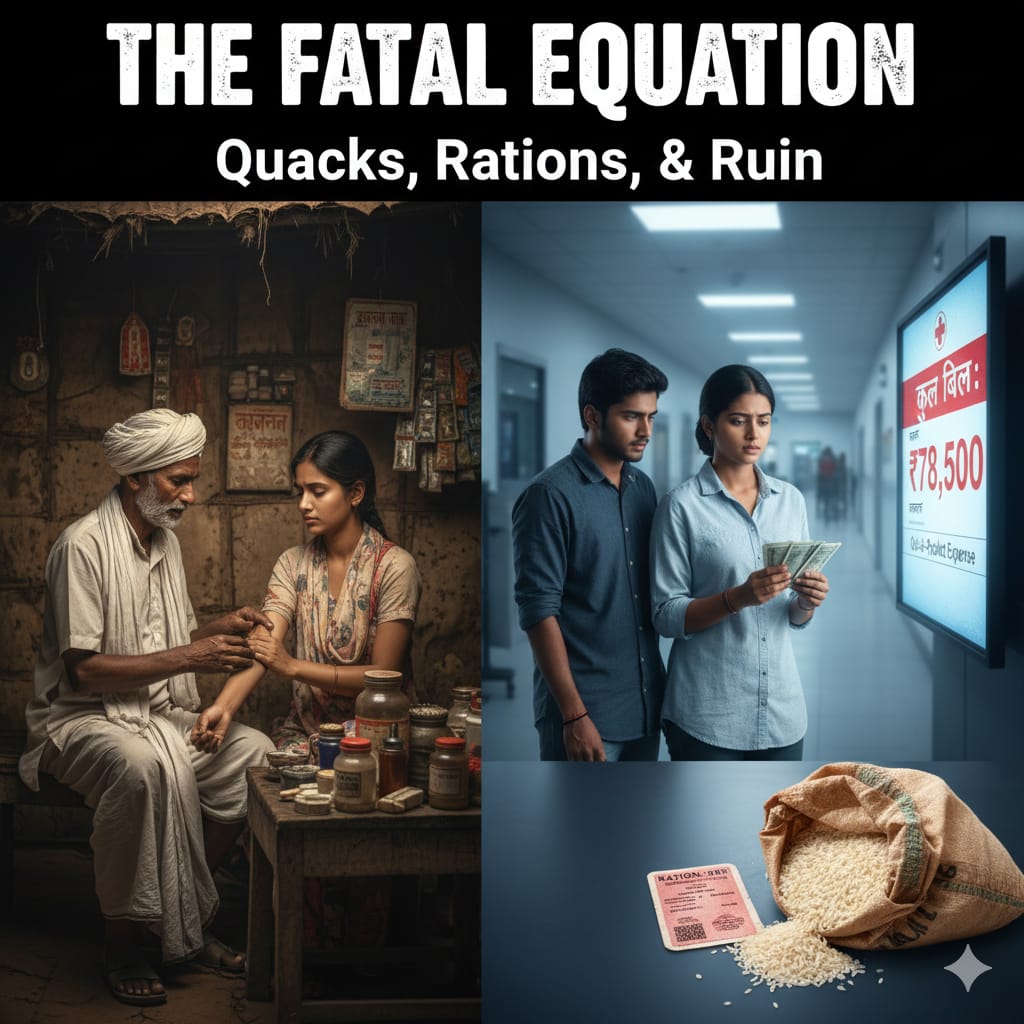
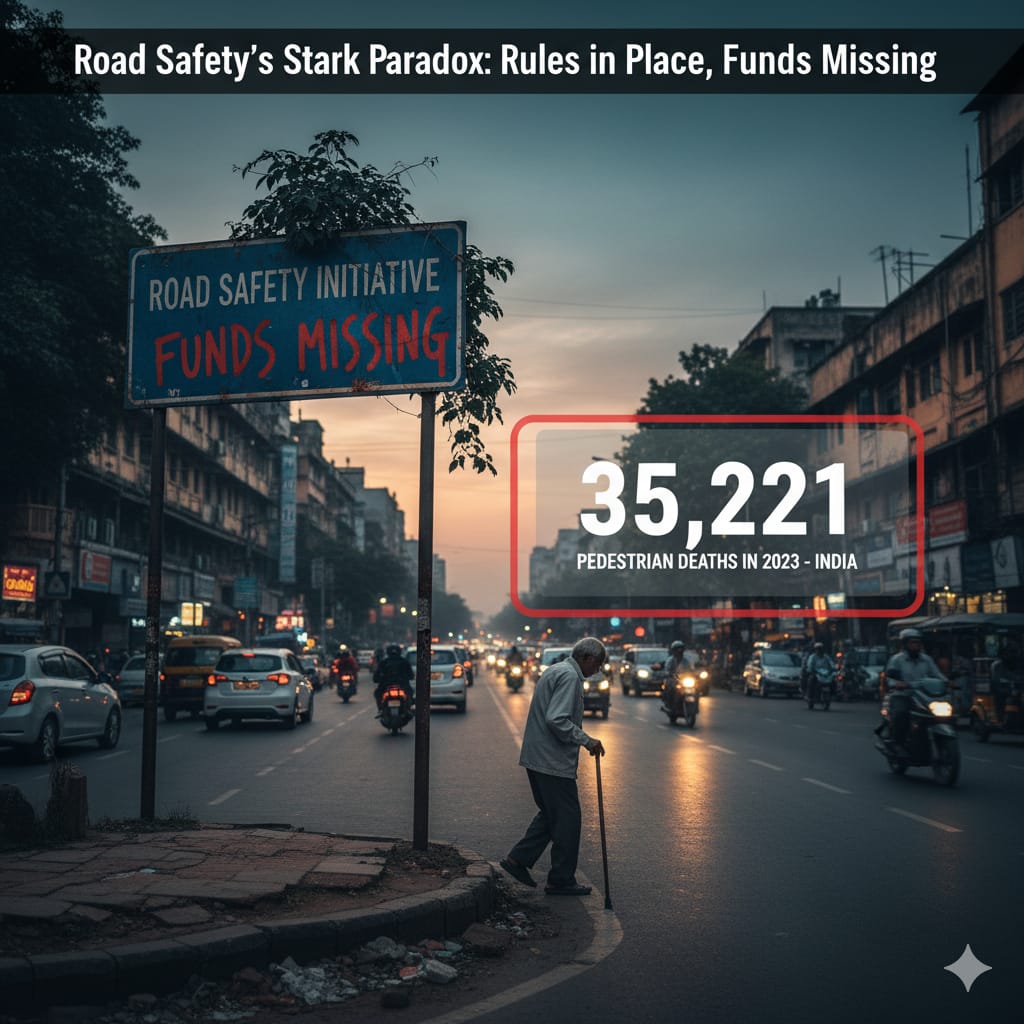
.jpeg)

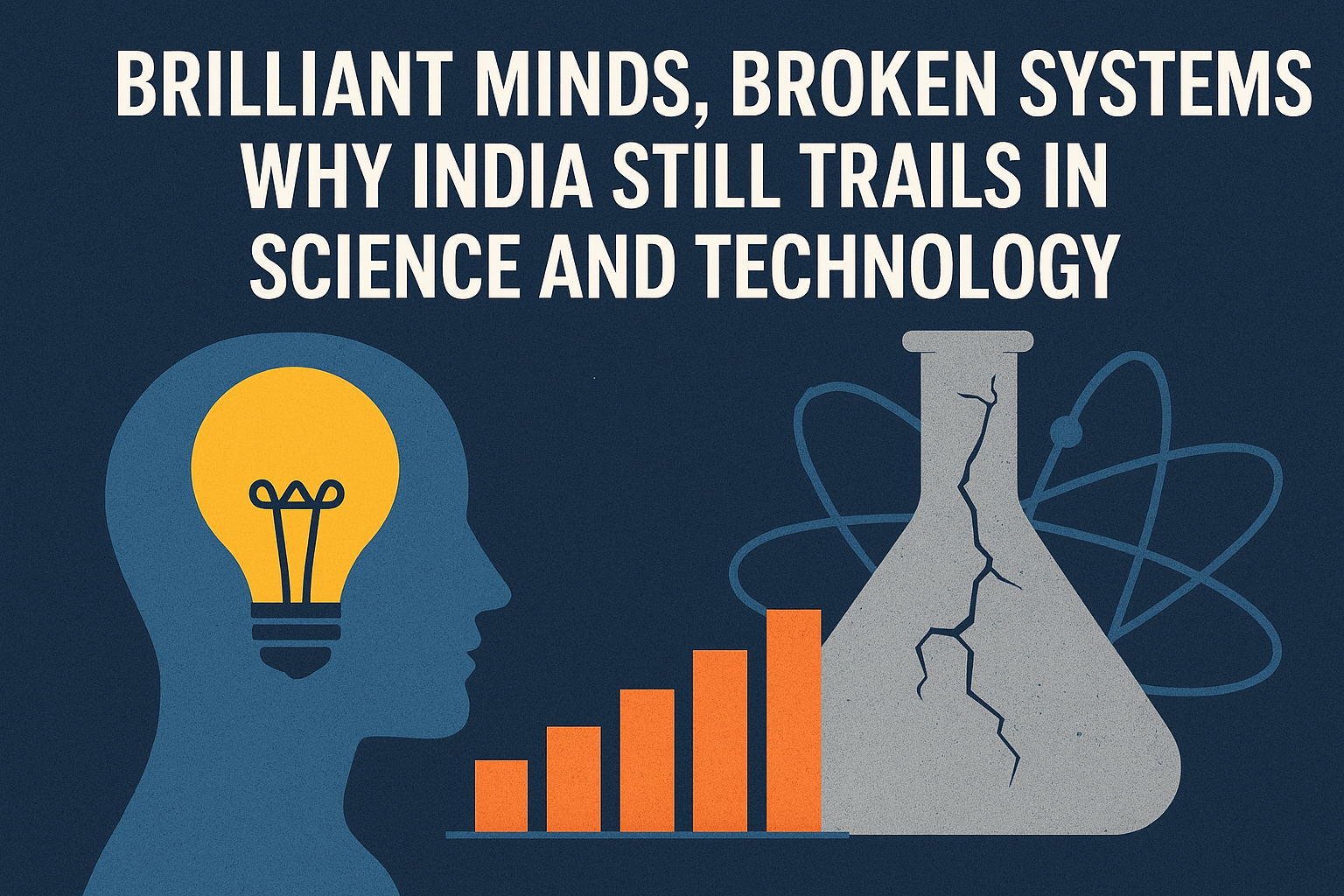


.jpeg)
